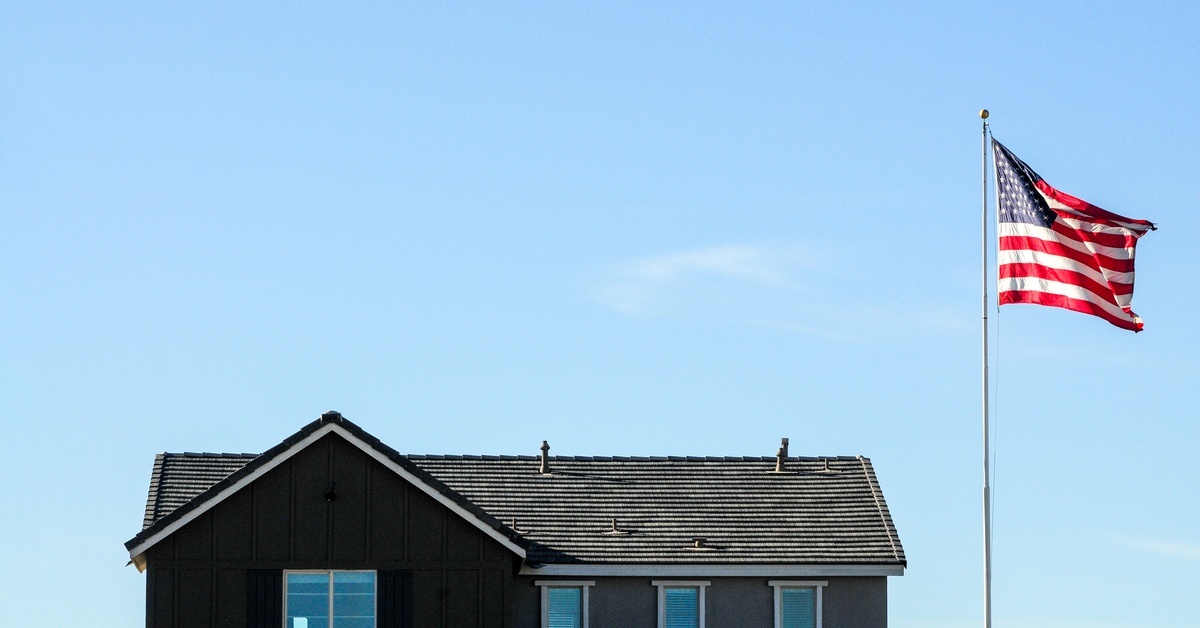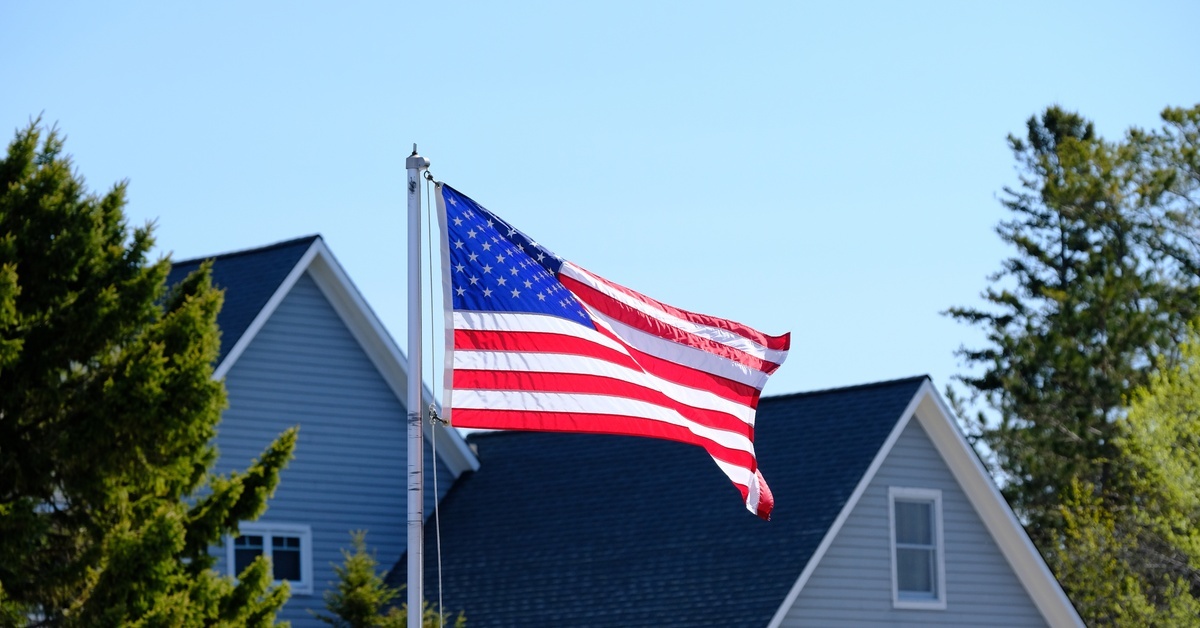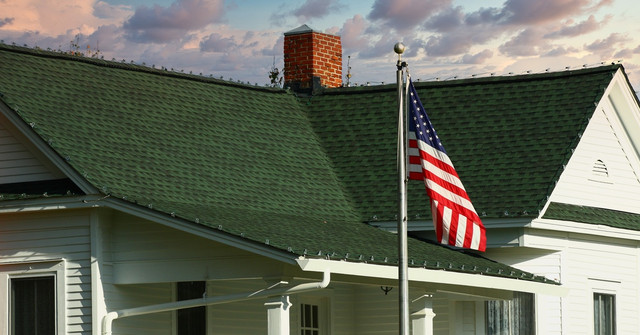How To Select the Right Height for an In-Ground Flagpole
Oct 27th 2025
Choosing the right height for an in-ground flagpole is crucial for displaying your flag properly and achieving the impact you desire. The height of your flagpole affects its visibility, practicality, and the aesthetic balance it creates in your space. A flagpole that is too short may not stand out, while one that's too tall can appear disproportionate or impractical. With the right considerations, you can select the right height for an in-ground flagpole, selecting one that complements your property and meets your needs effortlessly.
Evaluate the Surroundings
Carefully assess the area where you plan to install the flagpole. Look at nearby buildings, trees, and structures to determine how tall the flagpole needs to be to stand out effectively. Consider the distance from these structures to ensure the flagpole is completely visible. Additionally, think about safety—ensure there is enough clearance to avoid interference with power lines or other hazards.
Consider the Flag’s Size
The height of the flagpole should complement the size of the flag you intend to fly. A common guideline is that the flag's length should be about one-third to one-quarter of the pole's height. For example, a 5-foot-long flag would work best with a 20-foot flagpole. Flying a flag that’s too large or too small for the pole can look awkward or cause performance issues in the wind.
Plan for Aesthetics
Beyond functionality, consider the visual impact of your flagpole on your property. A well-chosen height can elevate your property’s appearance, adding curb appeal and making your flag display a proud focal point. Think about how the flagpole aligns with your:
- Landscaping
- Architectural features
- Overall design
For instance, a flagpole that’s too short might fade into the background, while one that’s too tall could feel out of place or overly dominant. Strive for a height that enhances the overall aesthetic, creating a balanced and harmonious effect that makes your flag display stand out in the best possible way.
Prioritize Proportions
Make sure the flagpole’s height fits the scale of its surroundings. In a residential yard, a shorter flagpole—around 15 to 20 feet—may be ideal to maintain balance and avoid overwhelming the space. For larger public areas like parks or corporate spaces, taller flagpoles of 30 feet or more may be necessary to ensure the flag remains visible and proportional to the setting.

Think About Visibility
For your flag to stand out and be visible from a distance, the flagpole's height must rise above any nearby obstructions like fences, hedges, or walls. If your property is around tall trees or buildings, you might need a taller pole to ensure the flag isn’t hard to see. Visibility is especially critical for ceremonial or public displays, where the flag serves as a focal point.
Select an Appropriate Location
The placement of the flagpole can affect the height choice. If you’re installing the flagpole on an elevated area, such as a hill or raised platform, you may not need as much height to achieve visibility. On flat ground, however, you may require greater height to make the flag noticeable. Also, think about the surrounding landscape and how the pole will blend with or enhance the area.
Determine Zoning Regulations
Always check local zoning laws, community regulations, or homeowner association rules before finalizing the height of your flagpole. In many areas, there are restrictions on how tall a flagpole can be. Violating these regulations could result in fines or the need to remove the pole, so it’s better to research thoroughly beforehand.
Align With Your Purpose
Consider the purpose behind displaying your flag. Is it for ceremonial purposes, public recognition, or simply for personal enjoyment? The intended purpose can greatly influence the height and design of your flagpole. For example, a flagpole at a school, government building, or business headquarters often needs to be much taller to convey:
- Prominence
- Respect
- High visibility
These taller flagpoles can help make sure that people can see the flag from a distance and fully take in its importance. On the other hand, a shorter, more modest flagpole can be perfectly suitable for private residential use.
Account for Maintenance and Accessibility
While taller flagpoles can make a strong statement, they also require more effort to maintain. Very tall flagpoles may require special tools or equipment, such as ladders, scaffolding, or even cranes, to change flags, perform routine inspections, and carry out repairs.
If you’re planning on taking care of the flagpole yourself, think realistically about whether you’ll be able to access the top of the pole safely and easily. If not, you may need to budget for professional maintenance services.
Balance Cost and Height
Flagpole height has a direct impact on cost, as taller poles require more materials, additional engineering for stability, and more complex installation processes. These taller flagpoles may also need deeper foundations, reinforced bases, and special anchoring systems to ensure safety and durability, especially in high wind areas.

Factor in Longevity
When choosing the height of your flagpole, it’s important to think about how your surroundings might change in the future. For instance, if you’re in a newly developed neighborhood, trees or nearby buildings could grow taller over the years, potentially obstructing the visibility of your flagpole. Similarly, if you’re in an area where construction or landscape changes are likely, these could impact the functionality and prominence of your flagpole.
Keep the Scale of Your Property in Mind
The size and layout of your property play a key role in determining the appropriate height for your flagpole. On a smaller residential property, a towering flagpole may look disproportionate, overwhelming the space and detracting from the overall aesthetic.
On the other hand, a shorter flagpole may appear lost or insignificant on a sprawling estate, commercial site, or open public space. Aim for a height that complements the scale of your property, creating a balanced and harmonious appearance.
Consult Installation Guidelines
Flagpole manufacturers often provide specific recommendations regarding the appropriate height based on the design, materials, and intended use of the pole. These guidelines are crucial for ensuring the stability, safety, and durability of your flagpole. Improper installation or a mismatch between height and foundation can result in:
- Structural issues
- Reduced performance
- Safety hazards
For example, certain pole designs may require deeper foundations or special anchoring for taller installations, especially in areas prone to strong winds or harsh weather.
Selecting the right height for an in-ground flagpole takes thoughtful planning and attention to detail. By evaluating your surroundings, considering the flag’s size, and factoring in practical concerns, such as maintenance and regulations, you can make an informed decision. When you know the height that's well-suited to your space, you can pick up the right yard flagpole from us at Independence Bunting & Flag, and soon your yard will have a proud focal point for people to look at for years to come!








